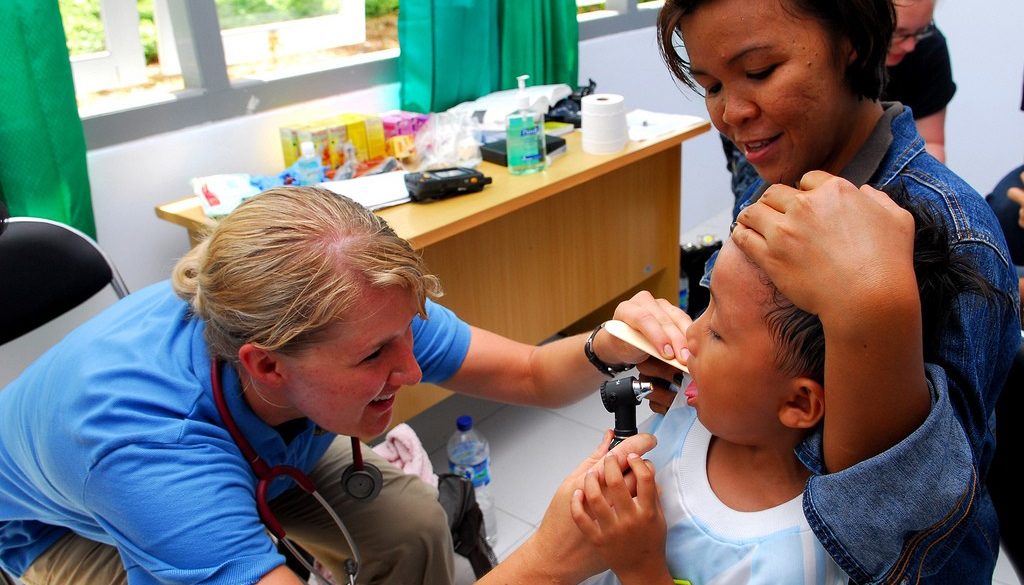New Bill Seeks to Protect Health Care and Social Service Workers from Workplace Violence
Workplace violence is a serious and growing problem for health care and social service workers. Nurses, emergency room doctors, social workers, psychiatric facility aides, and other health care and social service workers frequently face violence that leads to serious, life-altering injuries, loss of productivity and death. In 2016, working people petitioned the Occupational Safety and Health Administration for a workplace violence standard and, in 2017, OSHA granted that petition; yet there has been no action by the Trump administration to develop a national standard to protect workers from violence.
Some key facts about workplace violence:
- It is responsible for more than 850 worker deaths and 28,000 serious injuries each year and is on the rise.
- One of every six workplace deaths each year are from workplace violence.
- It is now the second leading cause of death on the job.
- Health care and social service workers are at greatest risk: They are nearly five times more likely than other workers to suffer a workplace violence injury.
- Last year, workplace homicides doubled for health care and social service workers.
- Two of every three workplace violence events are suffered by women.
- Workplace violence is foreseeable and preventable.
Today, Reps. Joe Courtney (Conn.) and Bobby Scott (Va.) introduced legislation aimed at protecting health care and social service workers from workplace violence. In a letter supporting the legislation, Courtney said:
To address these rising rates of violence, I am introducing the Workplace Violence Prevention for Health Care and Social Service Workers Act. This legislation will require the Occupational Health and Safety Administration (OSHA) to issue a workplace violence prevention standard requiring employers in the health care and social service sectors to develop and implement a plan to protect their employees from workplace violence. These plans will be tailored to the specific workplace and employee population, but may include training on de-escalation techniques, personal alarm devices, surveillance and monitoring systems, or other strategies identified by the employers and employees to keep workers safe. While OSHA has already issued voluntary guidance to employers on how to prevent violence in these workplaces, data from [the Bureau of Labor Statistics] as well as personal testimony from workers about continuing violence shows that voluntary guidance is not sufficient. An enforceable standard is required to prevent the types of violence that are prevalent in too many of our hospitals, nursing homes and social service settings.
Watch the video above to hear from working people affected by workplace violence.

